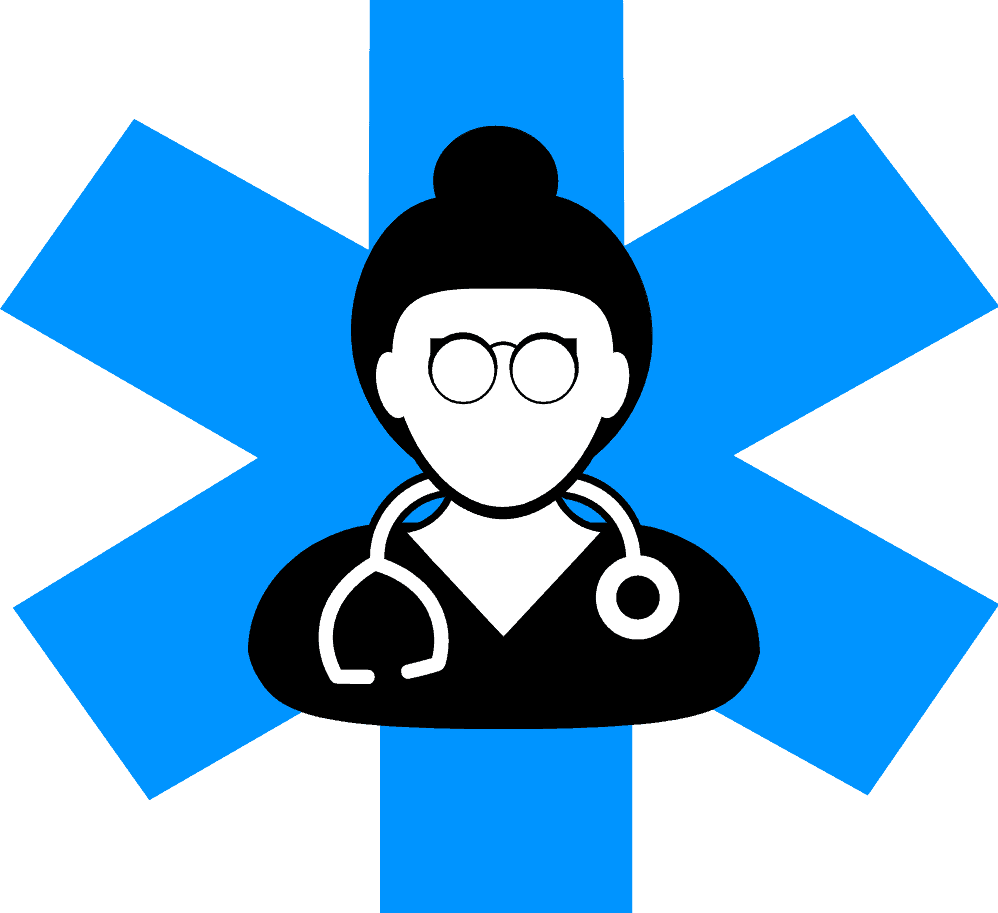The typical academic year follows this structure:
Classes usually start in October and continue on until late December. December might have a “pre-apello” bonus exam session, however the winter exam session is January-February. 2nd semester classes continue from March until May. June, July, and September are exam periods, and the university has absolutely no activities in the month of August.
Q: What are the subjects of the First year?:
1st year subjects are divided into modules [rosh halp]
Q: Are the professors fluent in English? Can I easily understand them?
Yes! The level of English of most professors is great, though there will be a handful who either struggle with English, or are adequate but lack confidence. Overall no problems with understanding.
Q: What about exams? What are they like? Oral/written?
In preclinical years exams have BOTH a written and oral part, with a requirement of passing the written part to get to the oral part. During clinical years larger exams will follow the same format of having both a written and an oral.
Q: What are the tuition fees and living expenses?
Tuition fees depend on the gdp of your country, as well as your family income. You can find complete information about tuition fees by clicking here.
Q: I heard some universities offer free Italian language courses? Is it the same for Turin too?
Yes, UniMi offers intensive Italian classes throughout 1st and 2nd year free of charge to it’s international medical students. Additionally students are expected to pass a B2 language assessment in Italian before they are allowed to participate in clinical activities at the end of 2nd year.
Q: Do we study in the morning or afternoon? How are the classes organised?
It depends on the academic year, however days generally begin at 08:30, Monday to Friday. In preclinical years students can expect to be in classes until 3-4 pm, with lectures conducted in 2 hour blocks with 5 minute breaks upon request by the students or professor(s), and 1 hour is given for lunch. In clinical years it can vary greatly with sometimes days going on until 6:30pm.
Q: What about accommodation?
Accommodation options include some private student housing, services that assist students in finding housing, or private agencies that rent out properties. Overall it is a little difficult to find housing, however Citta Studi, and Piola are the best neighbourhoods to search.
Q: What are the clinical years like in Italy/Turin?
Clinical rotations begin in 3rd year and continue until graduation. They are completed in time blocks of up to 1 month at the end of every semester when there are no classes or exams going on.
Q: Do we get paid for practical lessons?
No, students don’t get paid for practical lessons


2 thoughts on “A Brief Look at Medicine in University of Milan (Statale)”
When does the academic year for Italian med schools start? If it starts in October the year after IMAT (I read it somewhere) does that mean you have a whole year before you start? I am taking a gap year for my national service and I don’t to give up another year. Please help.
It starts 1 month after the IMAT exam, not the following year 🙂